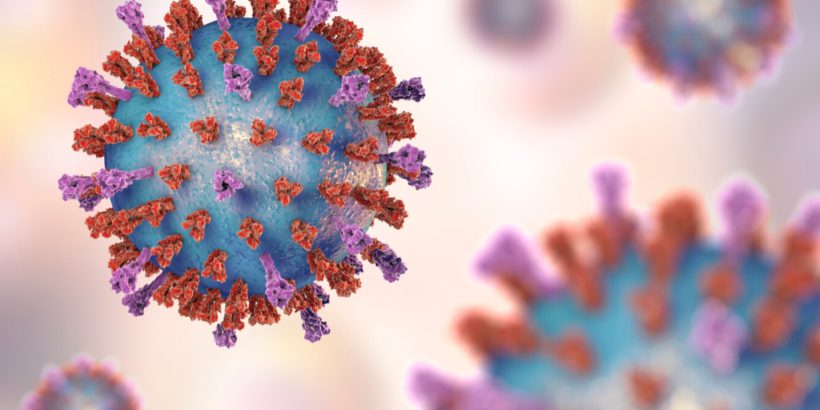In a perfect pandemic world, those who get infected with a virus would build immunity to it and not have to worry about getting reinfected again.
But we have seen some startling reports coming out of countries like Korea where those who were infected with coronavirus have tested positive for the virus again. This has also happened in other countries like China and Japan.
This is causing a lot of people to panic about our ability to fight off the virus and is making it look less likely that travel will return anytime soon.
But things may not be not as bad as they seem.
These apparent reinfections may be a product of faulty or unclear testing or even instances of virus resurgence that are not as threatening.
For example, it’s possible that the tests administered to patients simply were not sensitive enough to distinguish between an active infection and one that a patient has mostly recovered from.
Basically the body could begin to clear out inactive debris of viral cells that could be coughed up from the lungs and into the throat and if a test picks up on that genetic substance in the throat, it could trigger a false active infection, according to Richard Condit, a molecular biologist and professor emeritus at the University of Florida College of Medicine.
Also, there have been a lot of issues with false negatives, which are tests that show a patient does not have the virus when they actually do. These can be caused by a variety of reasons, such as not collecting enough material from a patient. So it could be that the patient never was free from the virus after getting affected originally, which would explain why a later test would still show positive.
Another possibility according to Brianne Barker, an associate biology professor at Drew University, include the potential for a virus to dip and then spike again which is something that happens in certain types of viruses like the one that causes chickenpox and shingles.
In cases like this though, it’s common for the infected patient to have much more mild symptoms the second time around because they have built an immunity response. So if this were the case with coronavirus, the second round of infection would be much less threatening.
And finally, it’s possible that a patient could be infected with a different strain of SARS-CoV-2. This one is the most worrying one to me but I don’t know enough about if or how immunity responses can crossover to different strains with this virus or if the different strains are equally as potent.
So the bottom line is that we don’t know exactly what is going on but these cases of infection probably have a lot to do with testing.
It will take more monitoring and observation to know for sure what’s going on but I think there is currently more evidence for why we should not be freaking out about reinfections rather than the opposite.
H/T: QZ.
Daniel Gillaspia is the Founder of UponArriving.com and the credit card app, WalletFlo. He is a former attorney turned travel expert covering destinations along with TSA, airline, and hotel policies. Since 2014, his content has been featured in publications such as National Geographic, Smithsonian Magazine, and CNBC. Read my bio.

